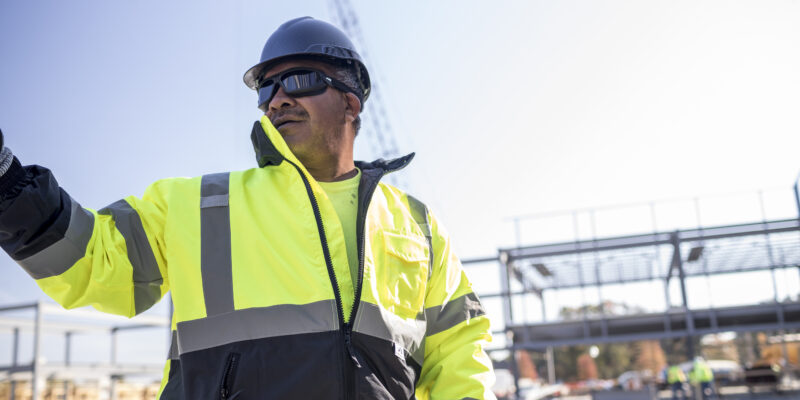Safety should be a top priority in any workplace, especially those that involve outdoor work or environments with potentially hazardous conditions. Hi-vis jackets are an essential component of personal protective equipment (PPE) and have become increasingly important in the workplace. These personalized hi-vis jackets at JRS Industrial are designed to be highly visible in low-light conditions, making workers easily identifiable from a distance. They are commonly used by construction workers, road crews, and emergency responders, among others.
The Advantages of Wearing Hi-Vis Jackets
When it comes to worksite safety, the importance of personal protective equipment (PPE) cannot be overstated. One of the most significant types of PPE is the high-visibility jacket, commonly referred to as a “hi-vis” jacket. The main advantage of hi-vis jackets is the following:
- Increased Visibility: Hi-vis jackets are designed to maximize visibility in low-light conditions. They feature fluorescent fabric and reflective stripes that can be seen from a long distance away. This helps ensure that workers are seen by those around them, reducing the chances of an accident occurring.
- Comfort: Hi-vis jackets come with a variety of features that make them comfortable to wear. The fabric is lightweight, breathable, and designed to be worn in all weather conditions. Many hi-vis jackets also have adjustable cuffs and drawstrings, which allow workers to customize the fit for their comfort.
- Durability: Hi-vis jackets are designed to be highly durable and long-lasting. They are typically constructed from materials that are resistant to abrasion and tearing. This ensures that the jacket will last through multiple wearings and washings, helping workers save money in the long run.
OSHA Requirements for Hi-Vis Jackets
The Occupational Safety and Health Administration (OSHA) has established guidelines and requirements for the use of high visibility safety apparel (HVSA) in the workplace. According to OSHA, workers must wear Hi-Vis jackets in hazardous work environments where visibility is limited. This includes areas with low lighting, heavy traffic, or crowded areas. Firefighters, construction workers, and road maintenance crews are among those required to wear Hi-Vis jackets.
The purpose of these jackets is to make workers more visible and recognizable to prevent accidents, injuries, and fatalities. It is essential for employers and employees to comply with OSHA’s requirements to ensure a safe work environment that minimizes the risk of hazardous incidents.
Different Types of Hi-Vis Jackets
Hi-Vis jackets, also known as high-visibility jackets, are a crucial component in workplace safety. The bright fluorescent colors and reflective strips on these jackets ensure that workers are easily seen even in low-light or high-traffic conditions. This helps to reduce the risk of accidents and injury, making it an essential part of any security protocol. There are several different types of Hi-Vis jackets available, each designed to suit different working environments and conditions.
- Class 1 Hi-Vis jackets are suitable for workers in low-risk areas, including warehouse employees or parking attendants.
- Class 2 Hi-Vis jackets are ideal for situations where workers need to be visible to the public, such as traffic controllers or construction workers on busy roads.
- Finally, Class 3 Hi-Vis jackets are the most protective option, featuring additional reflective striping and fluorescent material that meets the highest visibility standards.
In Conclusion
Wearing hi-vis jackets in the workplace is a simple yet crucial step in ensuring worker visibility and safety. By making workers more visible to each other and to passing vehicles, businesses can greatly reduce the risk of accidents and injuries. Furthermore, investing in quality hi-vis gear shows workers that their safety is a top priority, helping to promote a positive safety culture. Whether working in construction, transportation, or any other industry, hi-vis jackets are an essential piece of safety equipment that should not be overlooked.











![How To Open an Inground Pool [Complete Guide]](https://www.organizewithsandy.com/wp-content/uploads/2021/06/How-To-Open-an-Inground-Pool-Complete-Guide-180x180.jpg)


Comments